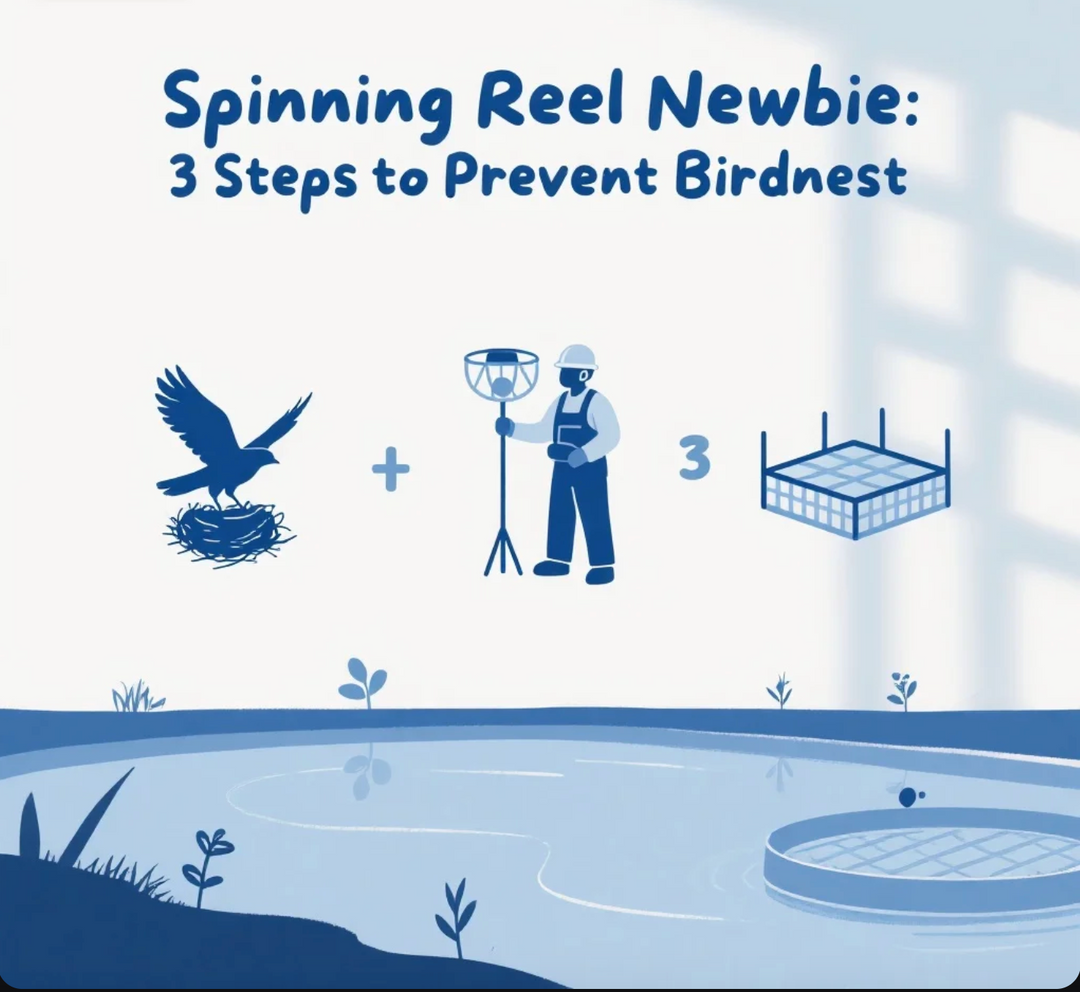Lure Newbies Guide: 3 Baits to Conquer Target Species Easily
Hooking new anglers into mastering their craft starts with the right tools and strategies. For bass enthusiasts and fishing newcomers alike, choosing the perfect good bass rods, avoiding outdated gear like old fishing rods, and mastering proven bait techniques can transform your fishing game. Read on for a beginner-friendly roadmap to landing more fish with confidence.
Why Quality Gear Matters: Ditching Old Fishing Rods for Good Bass Rods**
As a newbie, one of the most critical steps is investing in reliable equipment. Old fishing rods—whether they’re warped, weak, or poorly balanced—can hinder your performance and dampen your enthusiasm. Modern good bass rods, however, are engineered with precision to enhance casting accuracy, sensitivity, and durability.
- Graphite vs. Fiberglass: Lightweight graphite rods offer superior sensitivity for detecting bites, ideal for finesse techniques like drop-shotting. Fiberglass rods, stiffer and more powerful, excel at flipping heavy baits for aggressive bass.
- Length & Action: Beginners should start with a 6’6”–7’ medium-light or medium-heavy rod. Medium-light rods provide versatility for panfish and smallmouth, while medium-heavy rods handle largemouth and heavier cover.
Pro tip: Visit a specialized fishing rod store to test different models—grip comfort and reel compatibility are often overlooked but crucial for long sessions on the water.
Bait #1: The Soft Plastic Worm (Aka “The Go-To Bass Bait”)
No list of beginner-friendly baits is complete without the soft plastic worm. This versatile tool mimics injured baitfish or crawfish, triggering strikes in any water condition.
-
Rigging Options:
- Texas Rig: Thread the worm on a bullet weight, thread the hook through the head, and bury the tip—perfect for thick cover.
- Carolina Rig: Use a swivel, bead, and egg weight 6–12” above the worm for deep, slow retrieves in open water.
- Key Scenario: When bass are sluggish (post-spawn or cold fronts), a slow, steady crawl with a soft plastic worm entices even the pickiest eaters.
Tip: Start with 4”–6” worms in natural colors (watermelon green, purple shad) before experimenting with fluorescent or scent-infused options.
Bait #2: The Crankbait (For Aggressive, Active Bass)
Crankbaits are a game-changer for covering large expanses of water and targeting suspended fish. Their diving lip and wiggling action mimic small baitfish, making them irresistible to predators.
- Depth Selection: Match the crankbait’s dive depth to the bass’s location—use a shallow-diver (2–6’) for weed edges, a medium-diver (6–12’) for mid-water columns, and a deep-diver (15+’) for drop-offs.
-
Retrieve Styles:
- Slow Roll: Steady reeling over structure (rocks, logs) triggers reaction strikes.
- Stop-and-Go: Pause mid-retrieve to make the bait dive deeper, mimicking an injured fish.
Pro tip: Invest in a high-quality reel with a smooth drag system to handle fast runs—critical for keeping crankbaits effective and your line intact.
Bait #3: The Jig (Underappreciated Powerhouse for Tough Conditions)
Jigs are often overlooked by beginners but shine in heavy cover (brush, lily pads) and when bass are feeding aggressively. Their compact design and weighted head allow for precise placement in tough spots.
-
Jig Types:
- Football Jig: Heavy (¾–1 oz.) and flat-bottomed, ideal for dragging along bottom structure.
- Swim Jig: Sleeker profile with a swim bait trailer, perfect for mimicking shad in open water.
- Trailer Options: Add a curly tail grub or creature bait for extra action—match the trailer size to the jig head (smaller jigs = smaller trailers).
When to use: Post-spawn, when bass are guarding fry near shoreline cover, or during fall turnover when fish are feeding deeply.
Final Checklist for Newbies: Gear Up, Fish Smart
- Ditch Old Fishing Rods**: Upgrade to a set of good bass rods tailored to your target species and fishing style—your local fishing rod store experts can guide you.
- Start Small: Master 1–2 baits at a time to build confidence; overcomplicating gear leads to frustration.
- Observe & Adapt: Watch how bass react to your baits—adjust retrieve speed, depth, or bait color based on their behavior.
Fishing is a journey, not a destination. By equipping yourself with the right tools and focusing on proven techniques, you’ll transform from a newbie into a confident angler in no time. Remember: every cast is a learning experience, and the water always rewards patience and persistence.
Ready to gear up? Head to your nearest fishing rod store today and start building the perfect beginner-friendly setup. Tight lines!











Leave a comment